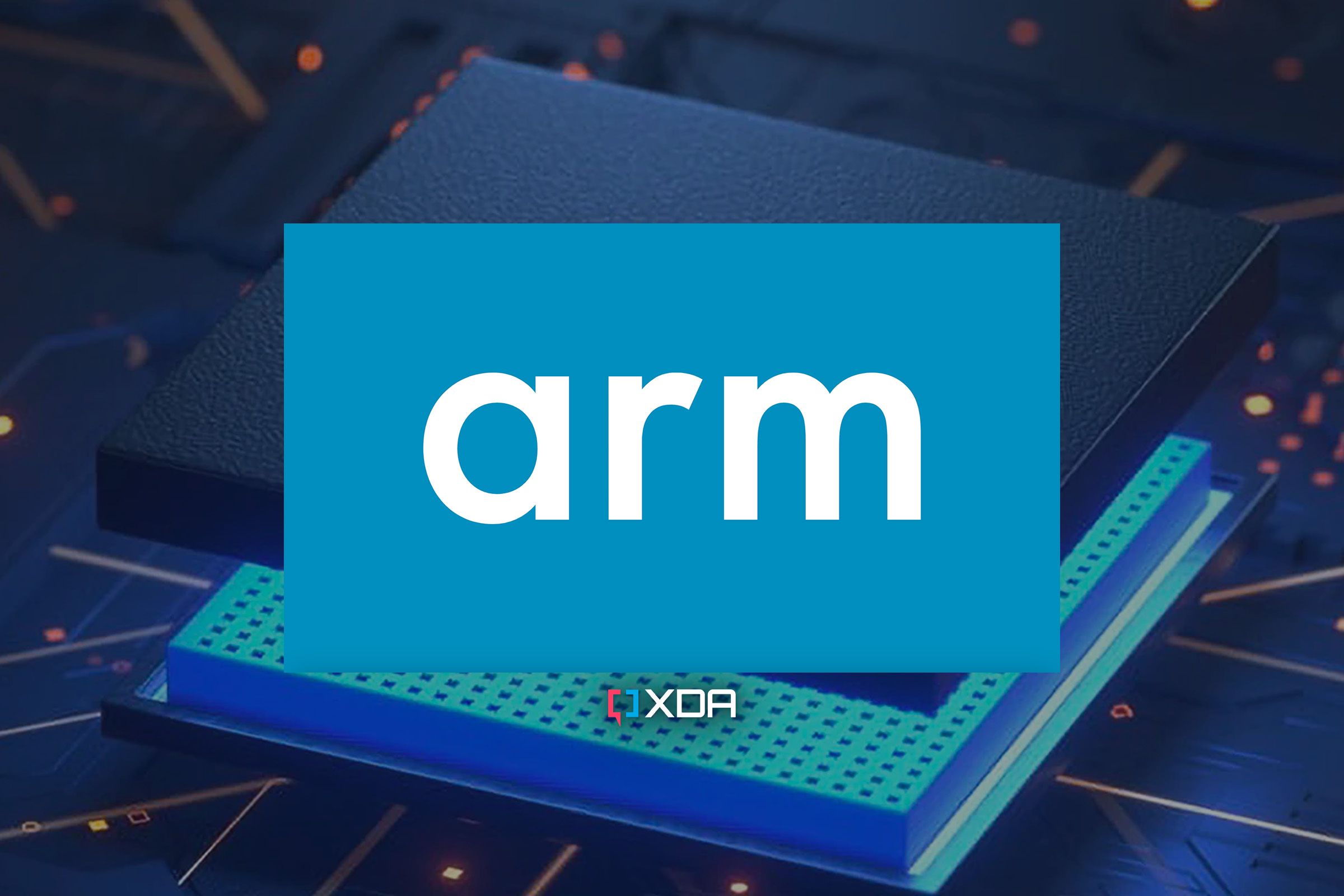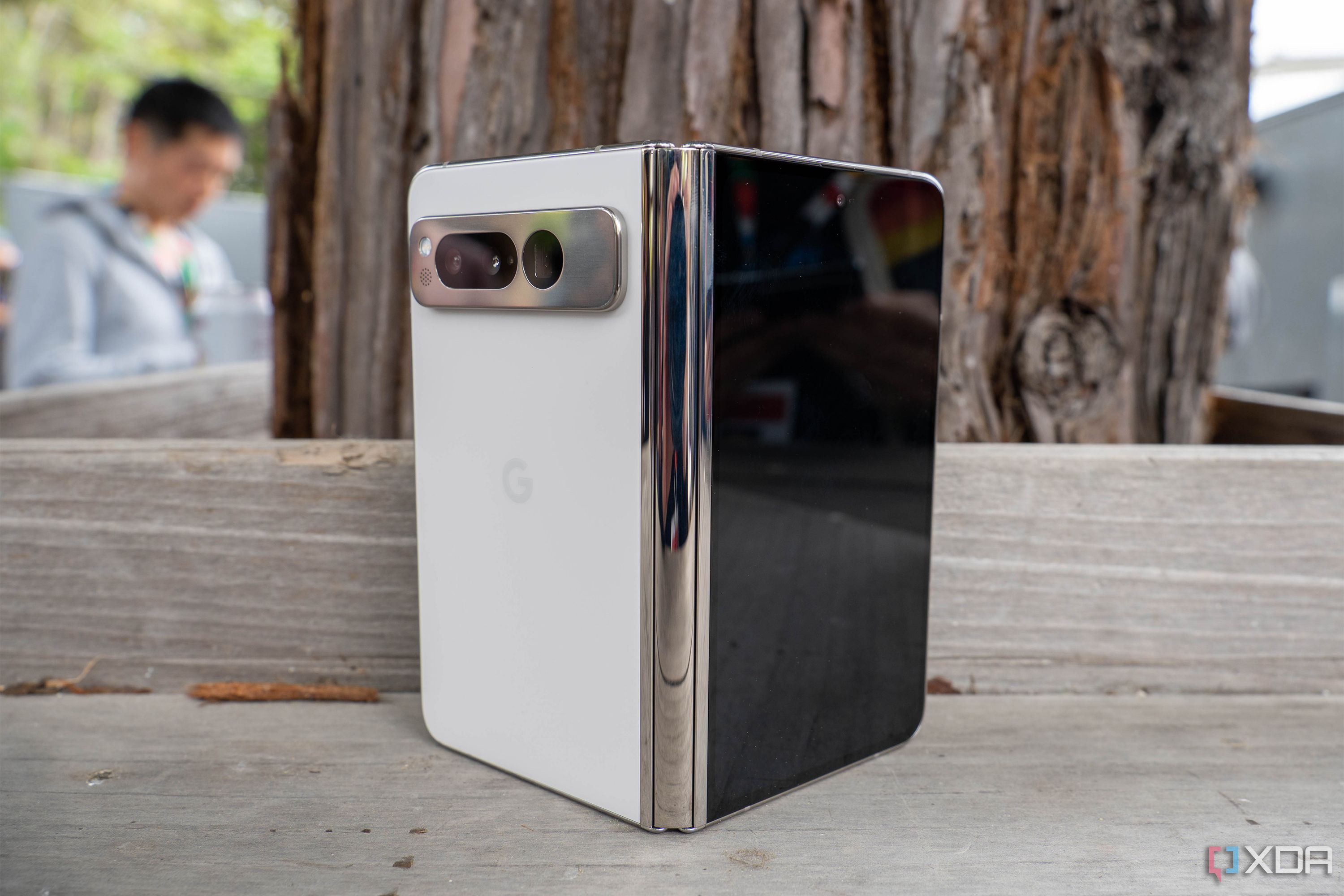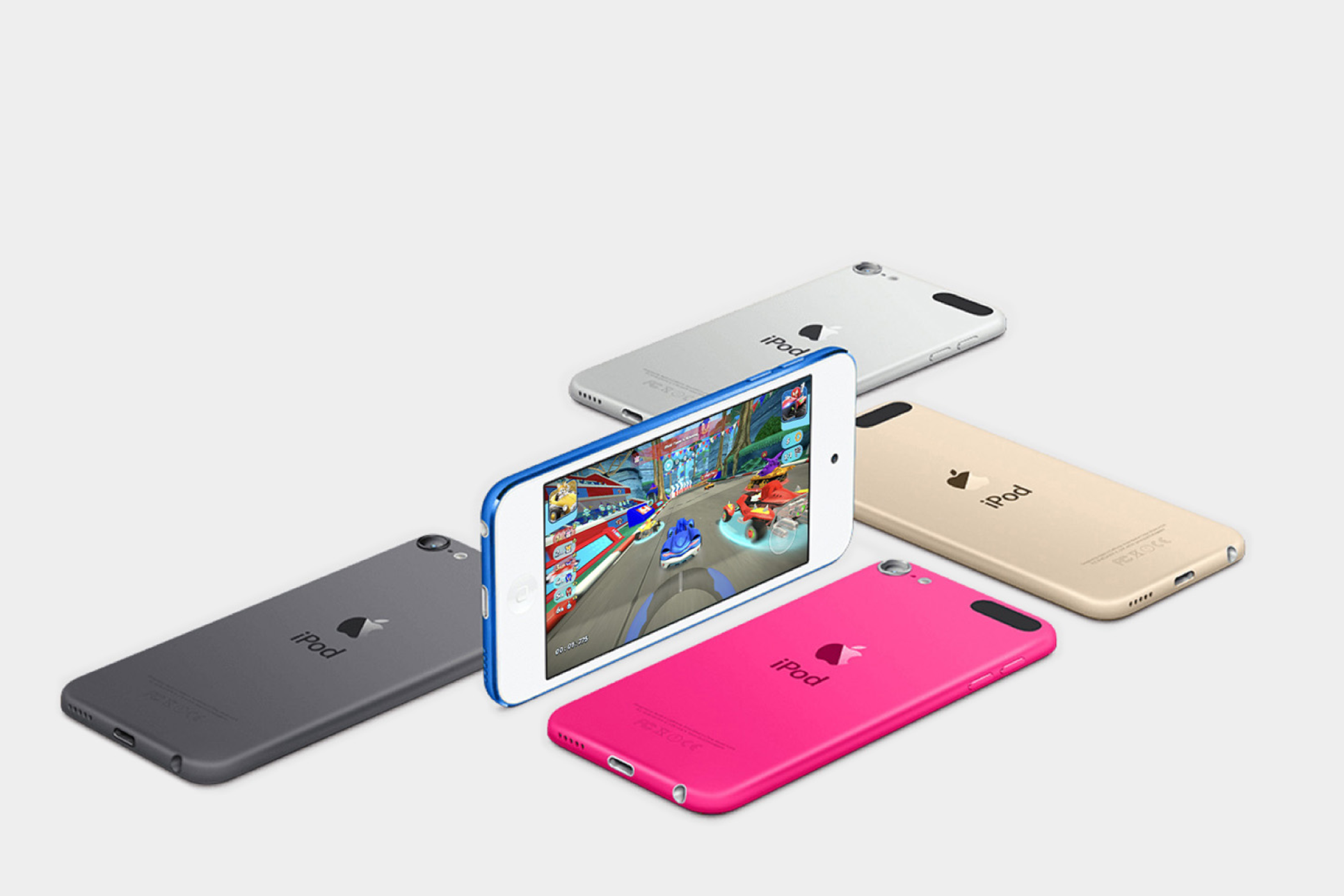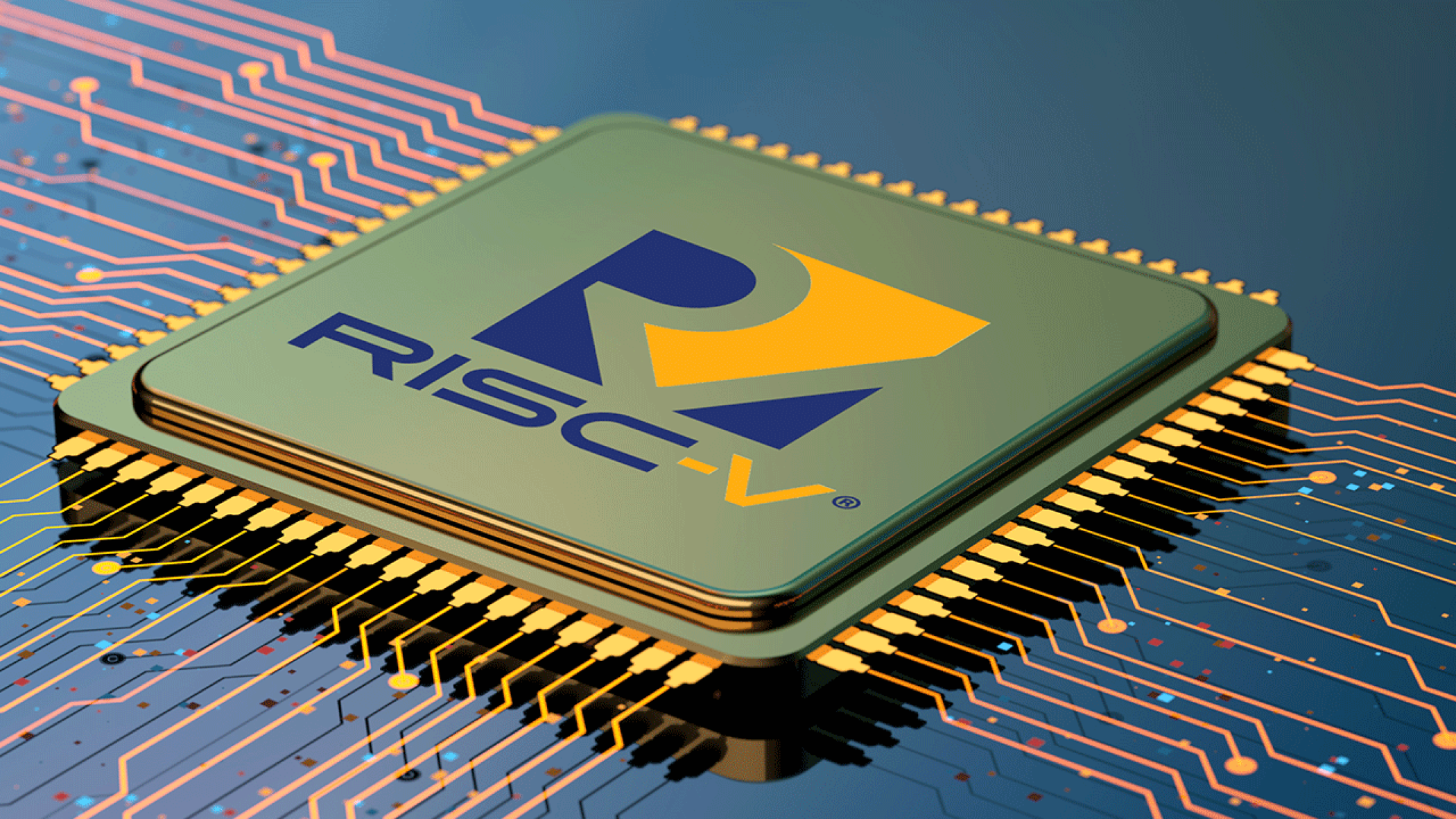If you've ever looked at a spec sheet for a mobile phone or laptop, or if you're familiar with how Apple ditched Intel to make its own processors for Mac products, you've probably encountered the word "Arm" at least once. But it's not a term tied to just one brand; Apple, Qualcomm, Samsung, and hundreds more companies make processors using Arm technology. Since Arm processors are present in virtually every smartphone, along with many tablets and laptops, odds are you currently own or once owned at least one Arm-powered device. But what does that mean? Here's what you need to know about its history.
Arm: The company behind ARM, an instruction set architecture anyone can use, for a price
Arm can refer to either Arm the company or ARM, the instruction set architecture (ISA), which determines what basic instructions a processor comes with, what kind of software it can run natively (as in, without the use of emulation), and has deep implications for performance and efficiency potential. To distinguish between the two, Arm refers to the company and ARM is the ISA. Arm is a subsidiary of SoftBank Group, a Japanese conglomerate that also owns substantial portions of Alibaba, Uber, and Slack, to name just a few. In the 1980s, Arm developed the ARM ISA.
For much of processor history, companies have made their own ISAs and the chips based on those ISAs (such as Intel with x86 and IBM with Power ISA), but Arm offers its ISA and some standard core designs for companies who want to make processors. Arm makes money by licensing out its technology to other companies, which are also allowed to customize the ARM architecture, but only to a certain point. When a company makes its own custom ARM chip, the ISA cannot be meaningfully altered, both to avoid compatibility issues across different chips and probably also to protect Arm's bottom line as a chip designer.
Arm's business model has allowed many companies to license and use processor technology that would have been too difficult to create from scratch. The smartphone market has long been a stronghold for ARM, but ARM processors can also be found in pretty much any industry that isn't particularly centralized, which is more challenging for ARM processors to succeed in. Even older and very centralized markets like PCs and servers are seeing increased usage of ARM processors, which are primarily taking market share away from x86.
A brief history of Arm and ARM
ARM was originally designed by Acorn Computers in 1985, with ARM originally standing for "Acorn RISC Machine." It wasn't long before Apple became interested in ARM, and in 1990, Acorn Computers spun off its processor design team as Advanced RISC Machines (a reinvention of the ARM acronym), later renamed simply to Arm Holdings. The work between Arm and Apple eventually developed into ARM6, which was used in Apple's Newton PDA, which wasn't very successful and thus led to the end of Apple's usage of ARM chips temporarily.
Arm quickly established itself as the company for mobile devices like the Newton, but also with phones like Nokia's legendary 3310 from 2000 (popularly known as the Nokia Brick) and Apple's iPod Touch from 2007. In 2005, Arm's market share in mobile phones was 98%, and this was before the introduction of the modern smartphone. Today, 99% of smartphones use ARM processors, and while that is also divided up among different companies like Samsung, Apple, and Qualcomm, it's all the same to Arm, which makes money off of the licensing fees.
Arm's business model has allowed many companies to license and use processor technology that would have been too difficult to create from scratch.
Arm has also made inroads in markets traditionally dominated by Intel and AMD's x86 architecture, principally servers and PCs. Server chips such as Amazon's Graviton and Ampere's Altra are mainly leading the charge in the data center, while Apple, Qualcomm, and Samsung are the primary competitors for x86 in the PC market. As of mid-2023, Arm's market share in servers and PCs stands at roughly 7% and 14%, respectively. Additionally, Arm has also seen some success in gaming consoles, such as the Nintendo DS or even the Nintendo Switch, which uses Nvidia's ARM-based Tegra X1.
Not everything has gone to plan for Arm, however. After acquiring Arm in 2016, SoftBank Group attempted to sell it to Nvidia in 2020, but the deal failed in 2022 since Nvidia competes with many companies that make ARM chips. Additionally, Arm is in a legal fight with Qualcomm over the 2021 purchase of Nuvia, a startup that designed ARM chips. Qualcomm seeks to make ARM CPUs using Nuvia's designs, which Arm argues would require Qualcomm to obtain a new license. Now, Arm is demanding Qualcomm get rid of Nuvia's intellectual property, while Qualcomm is going ahead with plans to release Nuvia's chips.
Arm's future as a new challenger approaches
For many years, Arm has been the undisputed master of mobile phones and a serious contender in markets traditionally dominated by x86. Unlike Intel and AMD, Arm hasn't experienced any significant setbacks in several years, but there is a storm on the horizon, and that storm is called RISC-V. In many ways, Arm and RISC-V are very similar, yet also very different and very much fierce competitors, though RISC-V is much younger and less established (similar to the dynamic between Intel and AMD some years ago).
RISC-V International is the company that develops the RISC-V ISA, much like how Arm develops the ARM ISA. Whereas Arm only licenses its ARM architecture to companies that can pay for it and doesn't allow companies to modify the ISA, RISC-V is totally open source, and companies are free to do whatever they see fit with the technology. Although ARM isn't quite as closed source as x86, it's still closed source, which is one of the driving factors in the growing popularity of RISC-V. Companies like Microsemi have ditched ARM for RISC-V because of increased flexibility and lower costs.
Arm's argument against RISC-V is that it can fund R&D for its basic ARM cores and that not locking down the ISA could result in something called fragmentation, which is basically the idea that too much freedom in processor design can result in widespread incompatibility. It's hard to evaluate whether Arm is superior to RISC-V, but what is certain is that RISC-V has been gaining ground since it was introduced in 2015, and RISC-V International has big plans for the entire computing industry across all markets.
In time, RISC-V could be a major speed bump for Arm, but in the short term, it's likely ARM will go unchallenged in smartphones and continue to chip away at x86's preeminence in PCs and servers. Of course, companies that use ARM aren't a united front and compete with not only x86 and RISC-V but also each other. Additionally, Arm's dispute with Qualcomm is a serious problem and could potentially undermine Arm's business if it isn't resolved on good terms. This could end up being an extremely challenging period for Arm.




